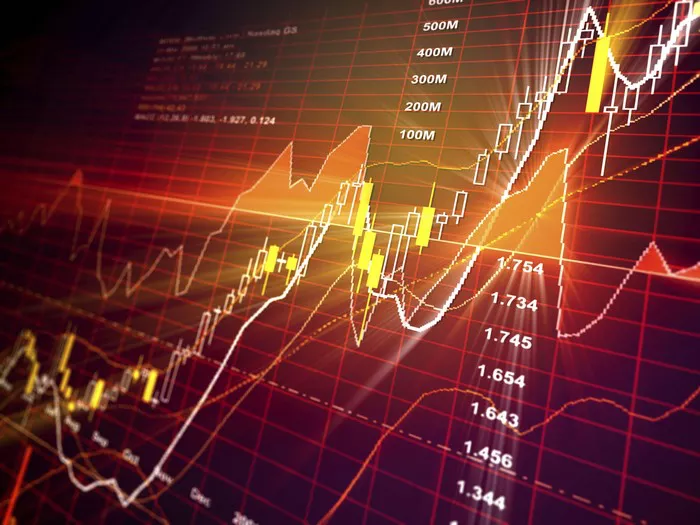Ukraine’s dollar-denominated bonds have fallen more than 10% in 2025. This makes them the worst performers among emerging and frontier market debt. The slide reflects fading hopes that former U.S. President Donald Trump will broker a peace deal in the ongoing conflict.
At the start of the year, Ukrainian bonds rallied sharply. Investors bet on a ceasefire, pushing these bonds to be the top performers. Some bonds nearly doubled in price since Ukraine’s restructuring last August. This surge also lifted markets across Eastern Europe.
However, investor optimism has since faded.
Investors Shift Preference to Corporate Bonds and Caution Grows
London-based hedge fund Frontier Road now favors corporate bonds. The fund believes corporate debt is less vulnerable to geopolitical risks than sovereign bonds. Bank of America has kept an overweight rating on Ukraine’s external debt but warned about downside risks as the war drags on into its fourth year. Morgan Stanley expects hostilities to continue throughout 2025.
Viktor Szabo, chief investment officer at Aberdeen Investments, commented, “The market is back to where it was before Trump was elected. The promise of peace the day after his inauguration met the reality that Putin was unwilling to make peace.”
Failed Peace Talks and Rising Tensions
Earlier this month, Trump suggested a possible meeting between himself, Russian President Vladimir Putin, and Ukrainian President Volodymyr Zelensky in Istanbul. However, Putin did not attend personally, sending a low-level delegation instead. As a result, only Zelensky traveled to Turkey alone.
Trump also indicated on Sunday that he is considering new sanctions against Russia following a deadly missile and drone attack on Ukraine.
Eastern Europe Markets React to Ukraine Bond Reversal
The sharp downturn in Ukraine’s bond market contrasts with strong gains across Eastern Europe’s equity markets, from Warsaw to Budapest. Early in the year, hopes for a peace deal sparked a rally in these markets, as investors anticipated stability and increased investment.
Concerns over Trump’s potential cuts to military support and his withdrawal from peace efforts prompted Germany and other European governments to increase defense spending. This boosted Eastern European economies and their markets.
The main indexes in Warsaw, Prague, and Budapest—denominated in U.S. dollars—have returned over 30% so far in 2025. The Hungarian forint, Czech koruna, and Polish zloty are among the top emerging market currencies gaining against the dollar, second only to the Russian ruble.
Political Uncertainty and Ongoing Risks
The reversal in Ukraine’s bond market highlights ongoing geopolitical risks and local political uncertainty. Upcoming elections in neighboring Romania and Poland keep investors cautious. The lack of a peace deal also raises fears of wider regional instability.
Hungarian Prime Minister Viktor Orban, a notable Trump supporter, warned on Friday that delays in Ukraine peace talks could prolong Hungary’s economic difficulties into 2026.
Meanwhile, Kremlin officials dismissed Trump’s idea to hold peace talks at the Vatican, calling it unrealistic.
Deepening Economic Concerns Reflected in Bond Prices
Ukrainian dollar bonds have been among the worst-performing emerging market debt in recent days. Zero-coupon bonds maturing in 2035, which reflect expectations about Ukraine’s future economy, now trade just above 50 cents on the dollar. This is down from about 70 cents in February, signaling worsening economic outlooks.
Market activity was light on Monday due to holidays in the UK and U.S.
Martin Bercetche, portfolio manager at Frontier Road, said, “The main impact of the delay in peace talks has clearly been felt in Ukrainian sovereign bonds. Investing in these bonds presupposes some kind of ceasefire or resolution to the fighting.”

































